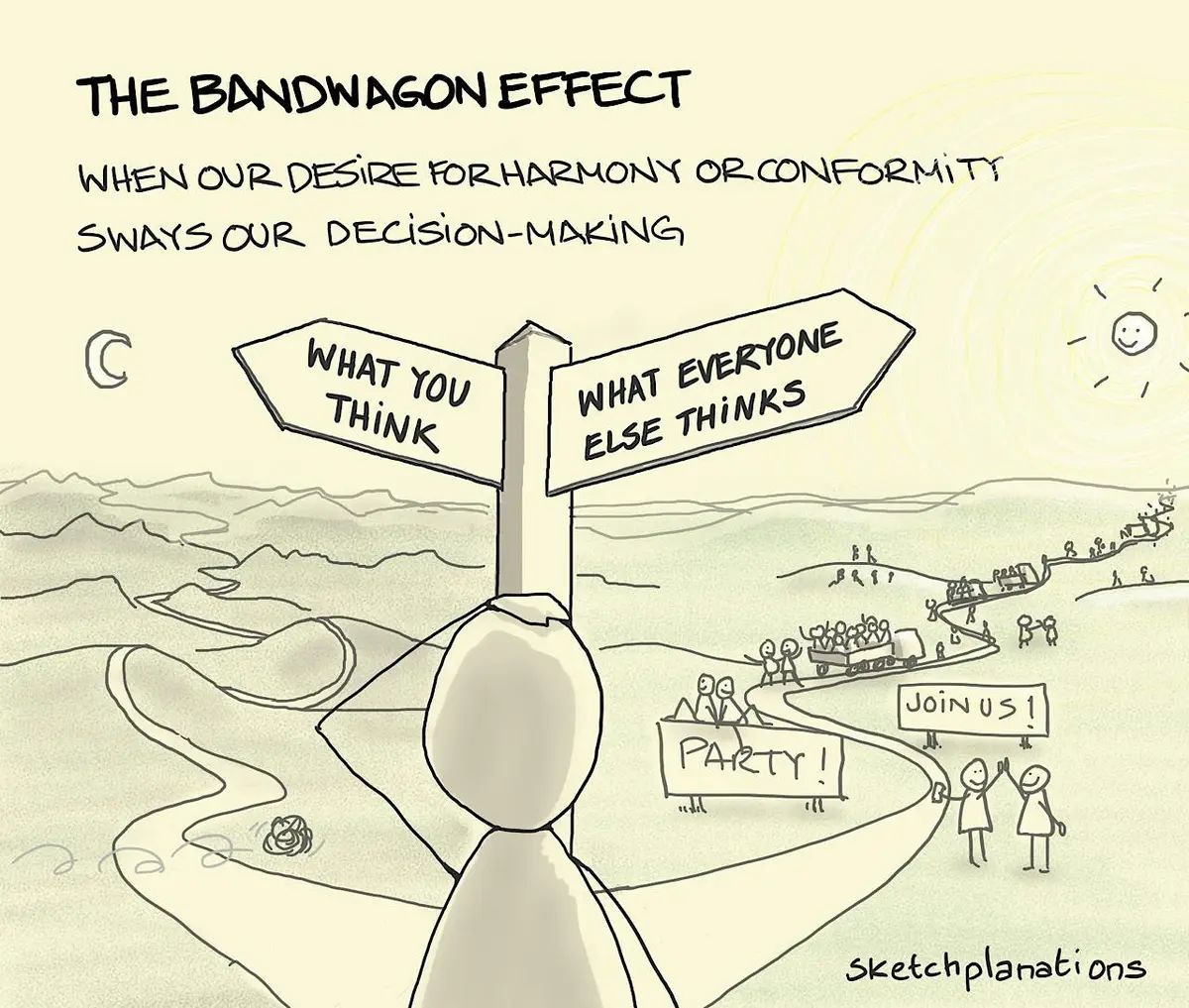Hey folks,
Welcome to the 4th edition of Write & Attract.
Every Saturday, I bring you copywriting examples, ad breakdowns, and a marketing secret you can use right away. No fluff. Just proof-backed takeaways.
Here’s what I’ve got for you this week:
3 iconic copywriting examples that built legendary brands.
2 website breakdowns showing why some sites convert and others don’t.
1 marketing secret that brands use to make you buy without hesitation.
Let’s Write. Let’s Attract.
Fact crunch: According to 87% of marketers, their companies' biggest underutilized asset is data. Agree?
3 Copywriting Examples
Example 1
M&M's
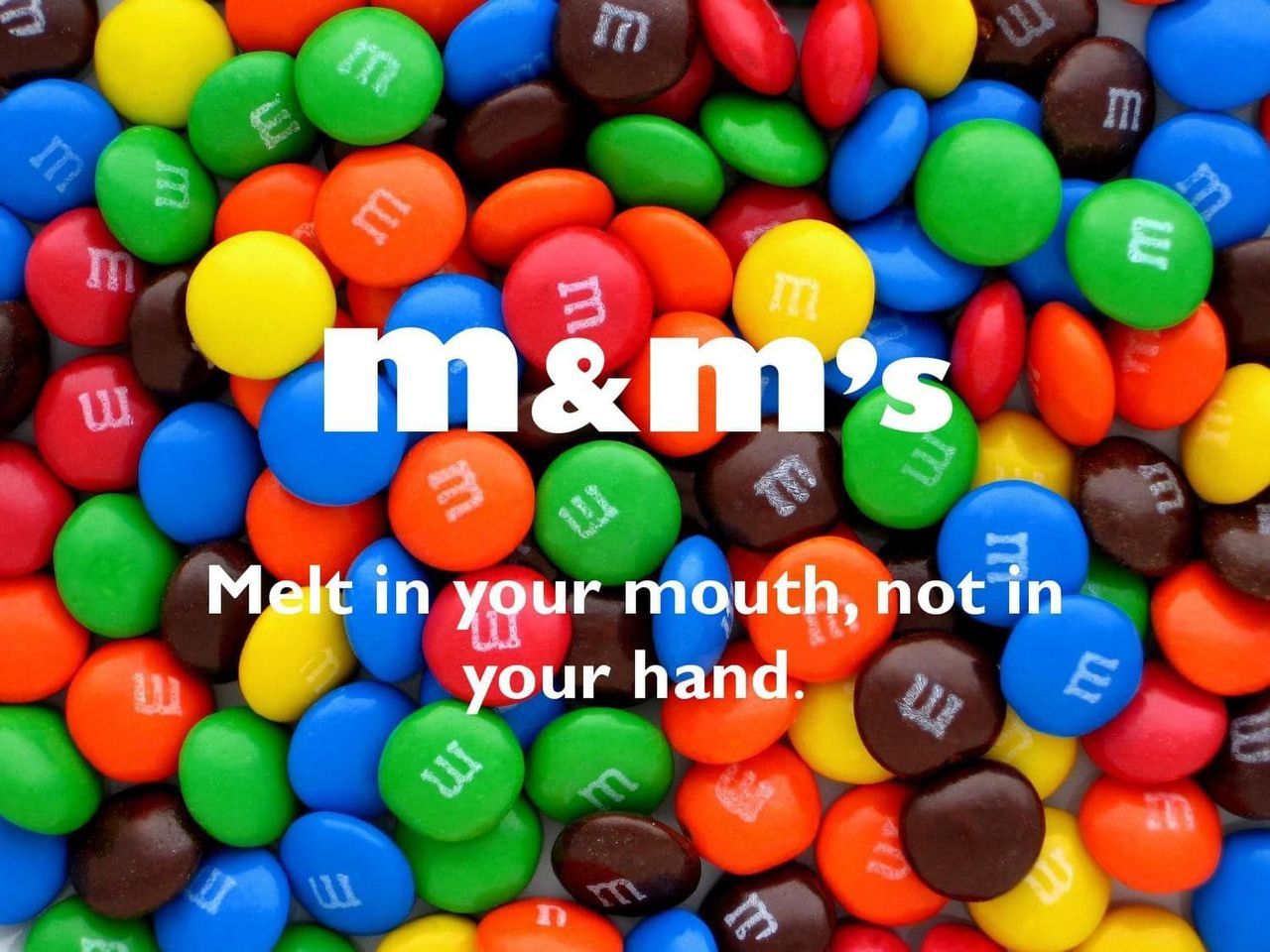
(Image credit: American Talent)
Copy: "Melts in your mouth, not in your hands."
Why It Works: This slogan solves a real problem—messy chocolate fingers. It turns a functional feature (candy coating) into an irresistible promise.
Takeaway: Frame your product’s unique advantage as the ultimate fix.
Formula You Can Use: "[Product] does [benefit], not [common frustration]."
Example 2
Rolls-Royce
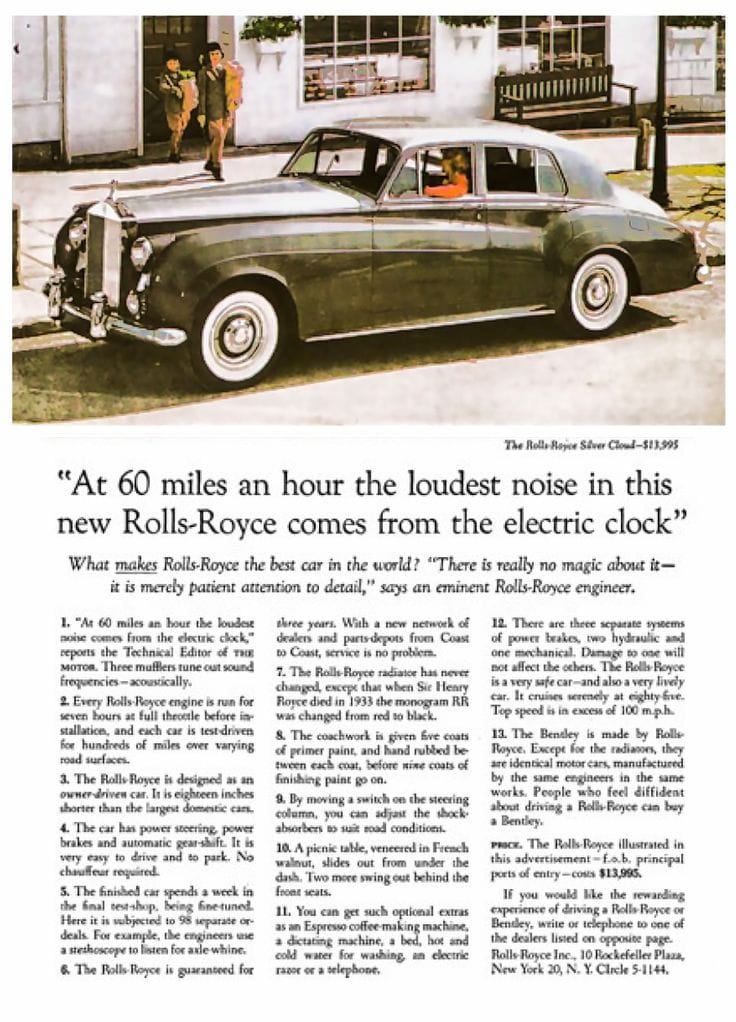
(Image credit: adwaycreative.eu)
Copy: "At 60 miles an hour, the loudest noise in this new Rolls-Royce comes from the electric clock."
Why It Works: Instead of saying, “It’s quiet,” the ad proves it. A simple, unexpected detail turns the feature into a story—one that makes you feel the smoothness of a Rolls-Royce.
Takeaway: Use unexpected comparisons to drive home your message.
Formula You Can Use: "The most [unexpected sensation] comes from [feature]."
Example 3
Apple iPod
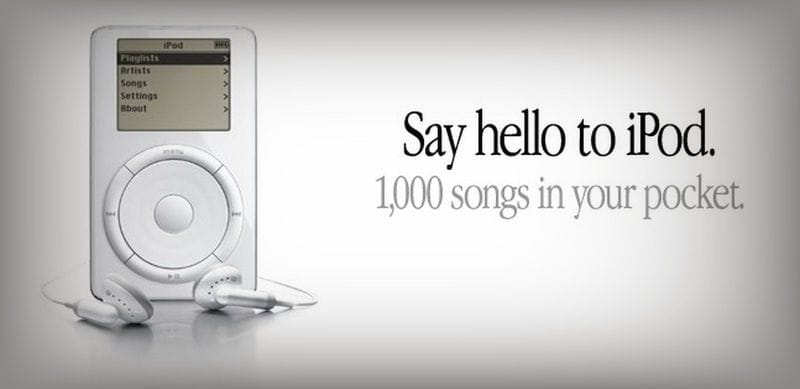
Copy: "1,000 songs in your pocket."
Why It Works: Instead of saying “5GB storage,” Apple speaks in benefits. It’s about what the user can do—carry an entire music library everywhere.
Takeaway: People buy outcomes, not specs.
Formula You Can Use: "[Big number] of [benefit] in [simple context]."
2 Million Website Breakdown
Breakdown 1
Basecamp
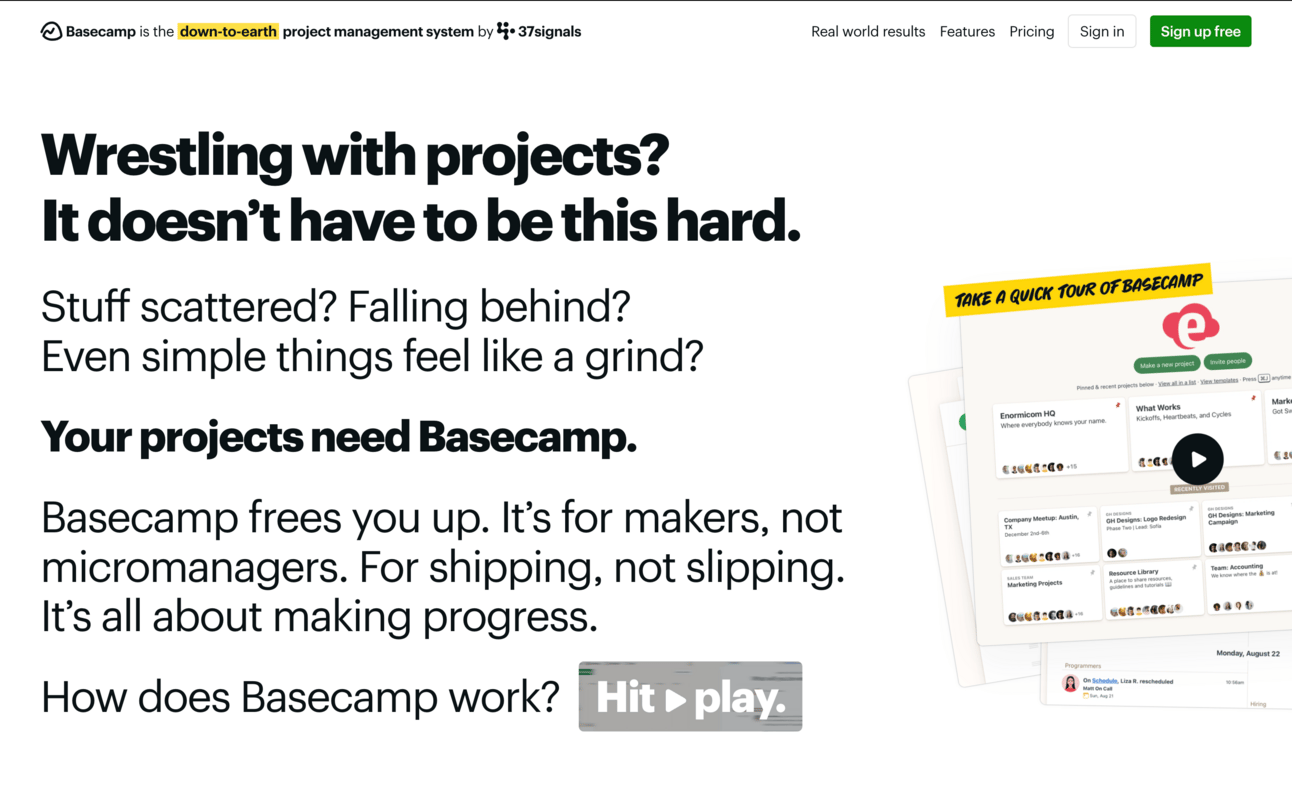
(Image credit: basecamp homepage)
What to learn?
Conversational Tone:
“Wrestling with projects? It doesn’t have to be this hard.” → This headline feels like a casual chat rather than corporate jargon. It immediately connects with the reader’s frustration.
Benefit-Driven Messaging:
Instead of listing features, Basecamp emphasizes the outcome:
“Basecamp makes software that helps you do your best work.”
It’s about you, not the tool.
Short, Punchy Sentences:
Their copy avoids fluff. Every sentence serves a purpose, making it easy to scan and absorb.
Subtle Social Proof:
“Used by 75,000+ companies” is a quiet flex—it reassures without bragging.
Takeaway:
Write like you speak.
Focus on the reader’s problem first, then introduce your solution.
Keep sentences tight and to the point.
Breakdown 2
Ahrefs
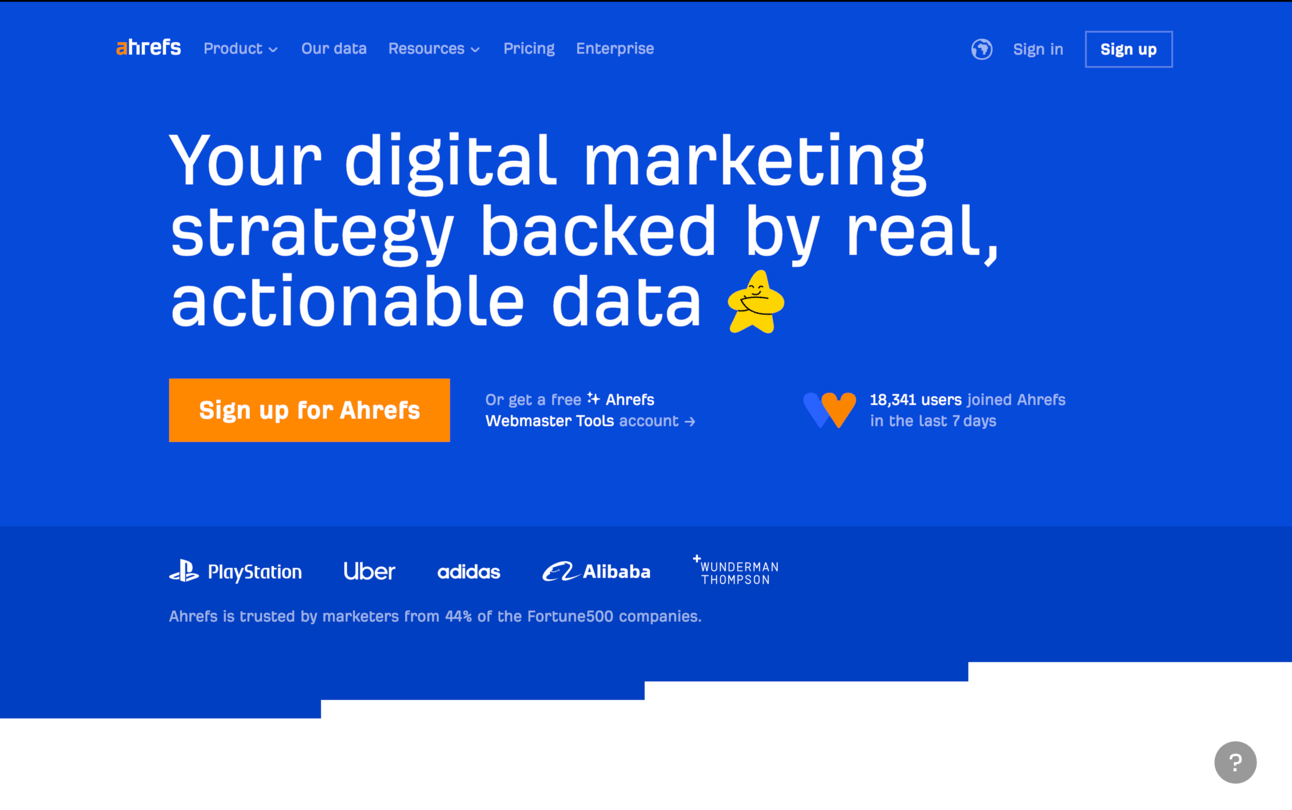
(Image: Ahrefs Homepage)
Why Their Copy Works:
Clear Value Proposition:
"Your digital marketing strategy backed by real, actionable data."
This headline succinctly conveys the core benefit, emphasizing actionable insights for digital marketers.
Credibility Through Social Proof:
"Ahrefs is trusted by marketers from 44% of the Fortune 500 companies."
Highlighting widespread trust among industry leaders builds credibility.
Emphasis on Data Quality:
"We’ve been crawling the web for over 10 years, collecting and processing petabytes of data every day."
This statement underscores their extensive experience and data capabilities.
Educational Resources:
"Learn marketing: Blog, Academy, Podcast, Ahrefs on YouTube."
Promoting a variety of learning materials positions Ahrefs as a thought leader and resource hub.
Takeaway:
Articulate a clear value proposition that addresses your audience's needs.
Leverage social proof to build trust and credibility.
Highlight your experience and capabilities to differentiate from competitors.
Offer educational content to engage and inform your audience.
1 Marketing Secret
The Bandwagon Effect
Ever walked past a long line outside a restaurant and thought, That place must be good? That’s the Bandwagon Effect—when we see others doing something, we assume it’s worth doing too.
Why it works in marketing:
Herd Mentality: People trust what’s popular. Example: Apple’s iPhone launches always draw massive lines, making it look like the phone to have.
FOMO (Fear of Missing Out): No one wants to be left behind. Example: When Spotify Wrapped drops, everyone shares their stats—making you want to check yours too.
Perceived Value: If everyone’s buying, it must be worth it. Example: When McDonald’s puts “Over 99 Billion Served” on their signs, it reinforces their dominance.
Winning Formula:
Show Popularity: Display real numbers—customers served, orders placed, products sold. Example: Amazon highlights “bestsellers” to push trending products.
Use Urgency: “Limited stock” or “Only 3 left” fuels instant action. Example: Booking.com shows “Only 1 room left” to make you book fast.
Leverage Social Proof: Highlight testimonials, influencers, and UGC (user-generated content). Example: Airbnb thrives on reviews—making people trust listings with the most 5-star ratings.
Bottom line? People follow the crowd. So make sure your brand looks like the crowd’s favorite.
Over to You
What’s your favorite example from this week? Reply to this email—I’d love to hear your thoughts!
Also, if you’re enjoying this newsletter, don’t keep it to yourself. Forward it to a friend or colleague who’d find it valuable.
Until next Saturday, keep writing & attracting!
